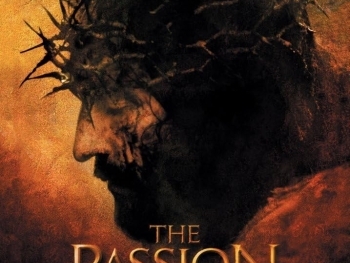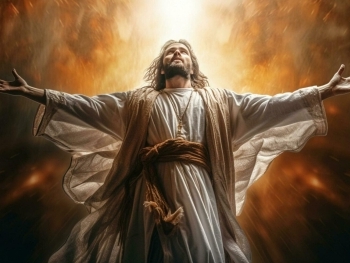
The Passion of the Christ, the final hours of Jesus' life, has inspired countless literary works, from ancient poetry to contemporary novels. The narrative's dramatic intensity, emotional depth, and profound theological significance have captivated writers and readers for centuries.
Early Literary Representations
The earliest literary representations of the Passion can be found in the Gospels, which provide detailed accounts of Jesus' arrest, trial, crucifixion, and resurrection. These accounts are written in a variety of styles, from the straightforward narrative of Mark to the poetic prose of Luke.
Medieval Devotional Literature
The Passion became a central theme in medieval devotional literature, which sought to deepen readers' understanding of Jesus' suffering and its significance for salvation. Works such as the "Meditations on the Life of Christ" by Anselm of Canterbury and the "Passion d'Our Seigneur" by Robert de Clary provided vivid descriptions of Jesus' physical pain and emotional anguish.
Renaissance and Baroque Poetry
The Passion continued to inspire poets during the Renaissance and Baroque periods. Writers such as Dante Alighieri, Torquato Tasso, and John Milton explored the Passion's theological and philosophical implications, often using vivid imagery and dramatic language to convey the intensity of Jesus' experiences.
Modern and Contemporary Literature
The Passion remains a compelling theme in modern and contemporary literature. Writers such as Nikos Kazantzakis, Fyodor Dostoevsky, and Cormac McCarthy have delved into the psychological, spiritual, and social dimensions of the Passion, offering new perspectives on this timeless narrative.
Literary Techniques and Devices
Writers have employed a wide range of literary techniques and devices to bring the Passion to life. These include vivid imagery, symbolism, and dialogue to convey the physical and emotional pain of Jesus' experiences. The use of first-person narration, stream-of-consciousness, and interior monologue can create a sense of immediacy and allow readers to empathize with Jesus' inner turmoil.
Themes and Symbolism
The Passion is a rich source of literary themes and symbolism. The themes of suffering, sacrifice, redemption, and hope are central to the narrative. Symbolism, such as the cross, the crown of thorns, and the veil of the temple, adds layers of meaning and complexity to the story.
Literary Impact and Significance
The Passion of the Christ has had a profound impact on literature, shaping the development of genres, influencing literary styles, and inspiring countless works of art. The narrative's enduring power lies in its ability to evoke a range of emotions, provoke thought, and explore fundamental questions about human existence and the meaning of life.
The Passion of the Christ is a literary treasure trove, offering a wealth of material for exploration and interpretation. From ancient poetry to contemporary novels, the narrative has inspired writers to delve into the depths of human suffering, sacrifice, and redemption. Through its literary representations, the Passion continues to captivate readers, provoking thought, and deepening understanding of this pivotal event in Christian history.
Redemptive Sacrifice Triumph Of Hope Ultimate Sacrifice Jesus Christ Sacrifice Redemption Suffering Hope Theology Art Cultural Artifact Literature Poetry Prose















